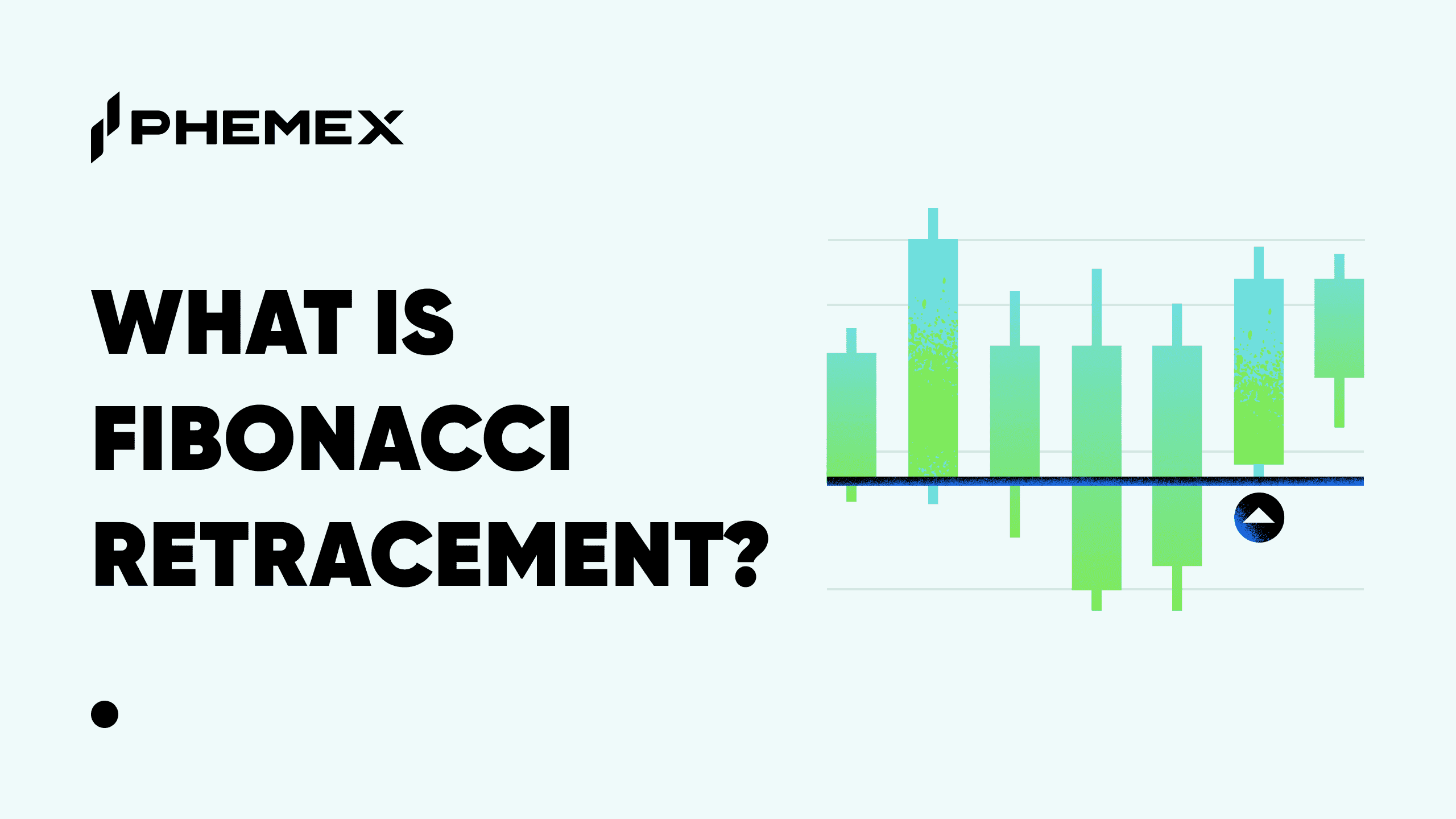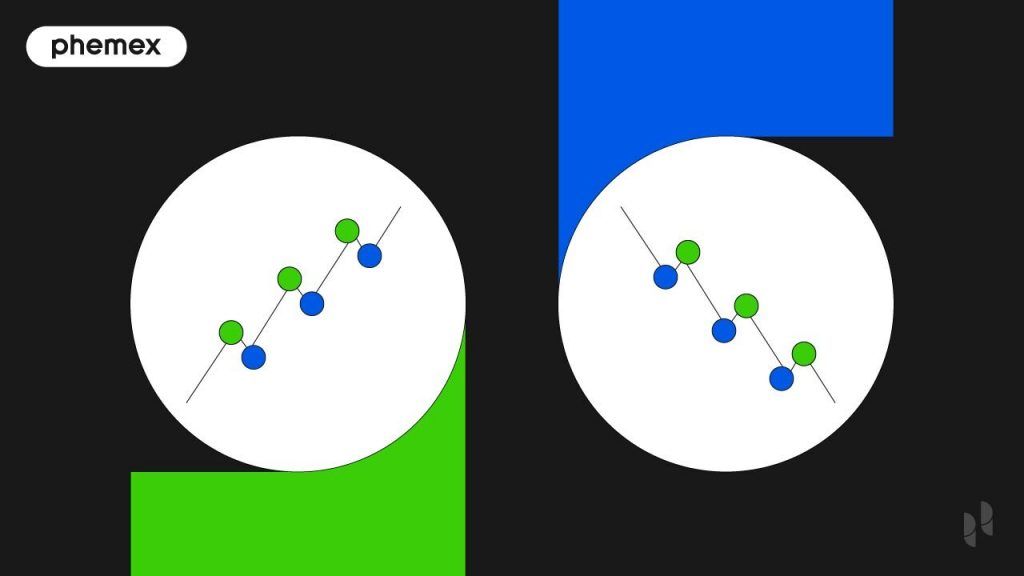While trading candlestick patterns can seem deceptively simple at a glance, discovering and utilizing these patterns appropriately requires quite a bit of back-testing and analysis. In crypto markets, most candlestick patterns fall into two baskets, continuation and reversal patterns. While continuation patterns signal the continuance of the prevailing trend, reversal patterns indicate the market could be about to turn.
Traders are always on the lookout for formations that have the best chance of reeling in profits. There are various important aspects to note when attempting to make consistent gains, including the use of low-risk setups and identifying crucial patterns in the market data, among others. A reversal candle represents many of these elements, and this makes it an incredibly powerful signal for cryptocurrency traders to recognize.

Reversal Candle Patterns
Trend reversals are a common sight in technical analysis, and there are many different types of reversal candlestick formations. This incudes the harami, abandoned baby, Doji, sushi roll, and more. However, reversal candle patterns can also be greatly influenced by market sentiment, the collective opinion of market participants.
Market sentiment isn’t an entirely tangible or quantifiable metric, but investors study it extensively to better predict price movements. The hype or fear surrounding a project can seriously impact its price, providing a more intricate understanding of the asset’s demand. This further helps to forecast market trends, but while analysts can use sentiment to assess the future of digital asset markets, favorable sentiment alone doesn’t guarantee bullish movements.
Reversal vs. Retracement
Identifying a trend reversal can shelter investors from severe losses, and even alert them to profitable buying opportunities. However, to reap these benefits, it’s crucial to understand the difference between a trend reversal and a retracement.
A retracement is usually observed when trend reversals are charted over longer timeframes. The former may last for a week or two, while the latter can stretch for months or even years. Moreover, during a retracement, analysts usually observe intense volumes that push the market back because investors are buying the dip. During a trend reversal, however, volumes are often much lower, causing prices to touch new lows.
Bullish vs Bearish Reversal Candlestick Patterns
Reversal candlestick patterns can be categorized into bullish and bearish patterns.
- Bullish patterns are those which occur when the prevailing trend is bearish, and the candlestick represents an incoming bullish reversal. For example, the piercing line pattern is a bullish pattern that signals the reversal of the existing bearish trend over two days. During the first day, the chart exhibits a long red candle, and after the next day opens at a new low, it closes above the mid-point of the first day’s red candle body.

(Source: StockCharts)
- Bearish reversal patterns occur during a prevailing bullish uptrend, and signal that bears are retaking control over the market. For example, the dark cloud cover reversal pattern, similar to the piercing line, is a bearish pattern that develops over two consecutive days. The first candle continues the trend with a long green candle. However, after opening the next day with a new high, the market produces a long red candle that closes under the mid-point of the previous day’s candle.

(Source: StockCharts)
Bullish Harami Pattern
A bullish harami reversal can be identified when a green candlestick is contained within a longer red candlestick. In other words, when a tiny upward movement occurs within a larger downward trend of a coin, it’s suggestive of a bullish reversal.

The word harami is derived from the Japanese word for pregnant, and refers to the appearance of the two candles next to each other.
Bearish Harami Pattern
A bearish harami is formed when a smaller red candlestick is preceded by a longer green candlestick, warning investors of a price dip.

Like with the bullish harami, the second candle is never larger than 25% of the first candle.
Sushi Roll Reversal Pattern
The sushi roll pattern comprises the most recent ten candlesticks on a technical chart and can be indicative of a market reversal. To identify a sushi roll, the candlesticks are divided into two halves.

The term sushi roll was first made in the book, The Logical Trader, written by British writer, Mark Fischer, since the pattern resembles an actual sushi roll. If the last five candles close lower than the previous five, it’s a sell signal. If the second set closes higher than its preceding set, it’s a buy signal. The appearance of this pattern during a prevalent trend often indicates an imminent reversal.
Abandoned Baby Pattern
This pattern involves three candlesticks and is a common sign of a potential incoming reversal. The first candle is ranged within a downtrend or an uptrend, followed by a Doji, or a candle whose opening and closing price is almost equal.

The third candle is generally a tall candle moving in the opposite direction of the first. Furthermore, neither the wicks nor the bodies of these candles overlap with each other.
What Are the Strongest Reversal Candlestick Patterns?
Reversal candlestick patterns can signal a trend inversion, but sometimes they report false positives, or represent smaller reversals that aren’t as significant in the grand scheme of things. However, certain patterns are crucial to look out for, and are often strong signals of an incoming reversal within the market.
The Hammer
The hammer reversal pattern usually occurs at the nadir of a downtrend, and is often pegged as a strong bullish reversal candlestick pattern. For the pattern to occur, the asset needs to create a new low before surging higher within the same time frame to close nearer to the price it opened at.

Hammers tends to have a small body and a long lower wick, and is regarded as one of the most powerful candlestick patterns out there. High volume coupled with this pattern is a positive signal that a reversal may be in play.
Shooting Star
In contrast to the hammer pattern, the shooting star pattern occurs at the peak of an uptrend. The shooting star is a sign of bullish exhaustion, and the candle always has a small body starting from the day’s low coupled with a long upper wick.

Experienced traders usually wait for the next candle after a shooting star appears before locking in their positions. The pattern is confirmed by the next candle closing in the red.
Engulfing Candlestick Pattern
The engulfing candlestick patterns are a family of bullish and bearish patterns that are defined by two candles signaling a reversal of the prevailing trend. The bullish engulfing pattern is usually seen at the bottom of a downtrend, with the first candle having a short body and wicks followed by a large green candle that overwhelms the body of the previous candle.

Bearish engulfing candles work similarly, but appear at the top of an upswing, with the first candle presenting a short green body followed by an overwhelming red candle. In these patterns, it’s important for the closing price of the second candle to wipe out the progress made by the previous candle.
Doji Candlestick Pattern
Doji candlesticks appear when a candle’s opening and closing price are roughly the same, with long wicks protruding out from either end of the candle. Dojis represent the market rejecting attempts to push the price in a particular direction, with the wicks representing the highest and lowest prices for the day.

The apparance of a Doji isn’t a reversal signal in and of itself. However, certain patterns like the Dragonfly Doji, where the candle’s high, low, and opening price are the same with a long lower wick, can be strong indicators of a market reversal. The Dragonfly Doji is especially representative of aggressive selling pressure, with most traders placing their orders after the following candle confirms the pattern.

Hanging Man Candlestick Pattern
The hanging man appears atop a bullish trend, making it a bearish reversal pattern. It usually occurs after a long upward trend as a warning that the bulls are losing momentum. While it isn’t necessarily an indicator of changing trends, it does send a message that the price has touched a market top.
The hanging man tends to show up when the market has been through an uptrend, and is depicted by a candle with a small body and a long lower wick that’s at least twice the length of the body.

There is usually little to no upper wick. The pattern indicates that buyers have lost strength, and that while demand has been pushing prices up, the market was riddled with significant selling. Though buyers may have been able to tank some of the blow, the initial sell of can be a telling sign of the increasing sentiment that the price has peaked.

Conclusion
Investment is a holistic palette of strategies that investors can skillfully blend to optimize their trading decisions. While some techniques may serve the purpose of a day trader, others might be more suitable for long-term investors.
Because crypto is infamously volatile, it can seem like prices move without any fundamental reason behind them. It’s important to note that reversals are not random, and are backed by a shift in investor psychology, market sentiment, and technical indicators.
Read More
- The 8 Most Important Crypto Candlestick Patterns
- How to use The Trend Reversal Trading Strategy: All you Need to know
- Pullback vs. Retracement vs. Reversal: What Are The Differences?
- What is Spinning Top Candlestick and How to Use it in Crypto Trading
- Dark Cloud Cover Pattern – What Does it Mean?
- What is Dragonfly Doji: An Indication of a Trend Reversal
- How To Recognize and Trade on Long Wick Candlesticks?
- What Are Continuation Patterns: Geometric Shapes to Trading Success









